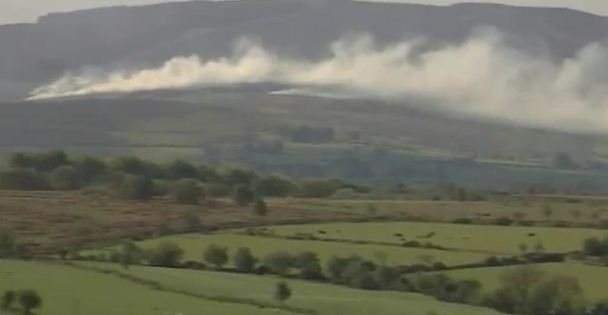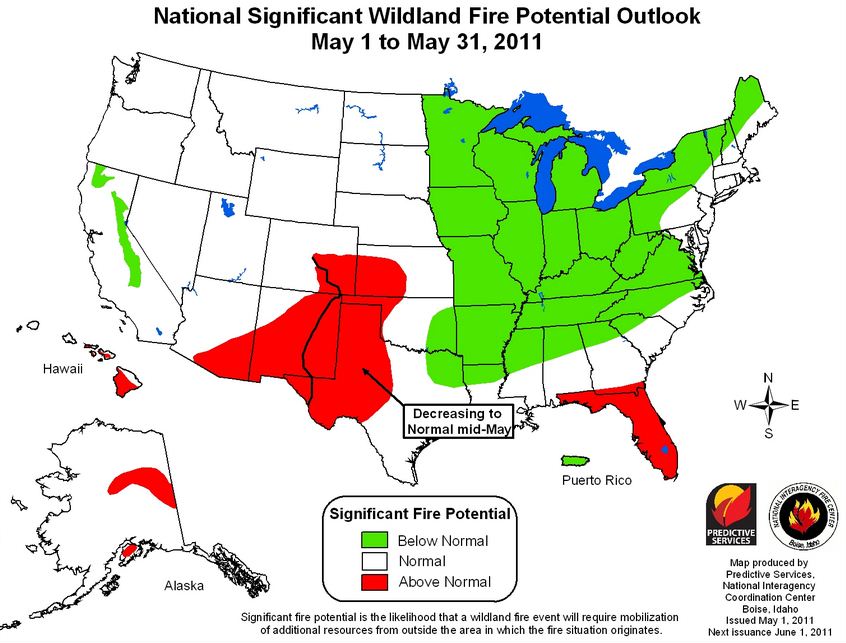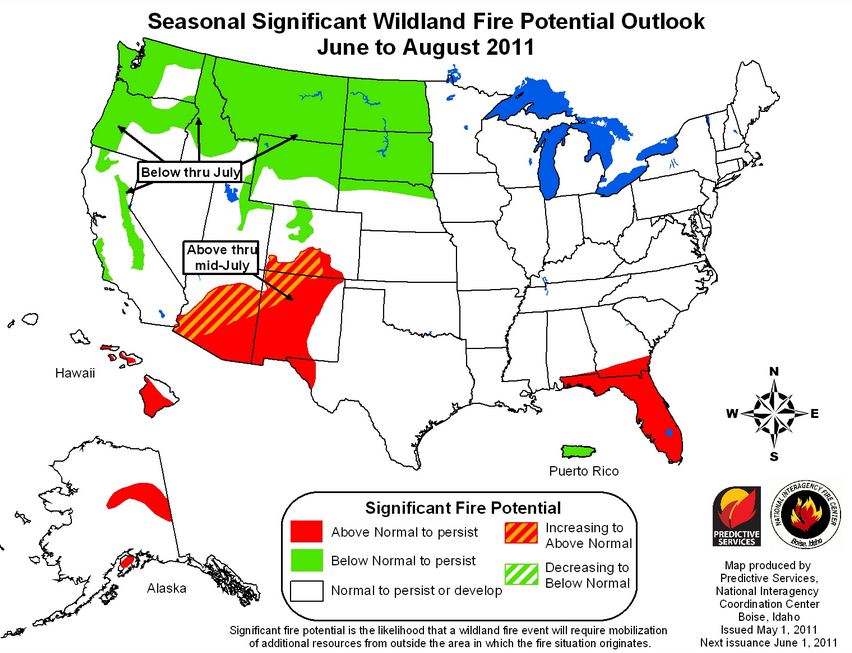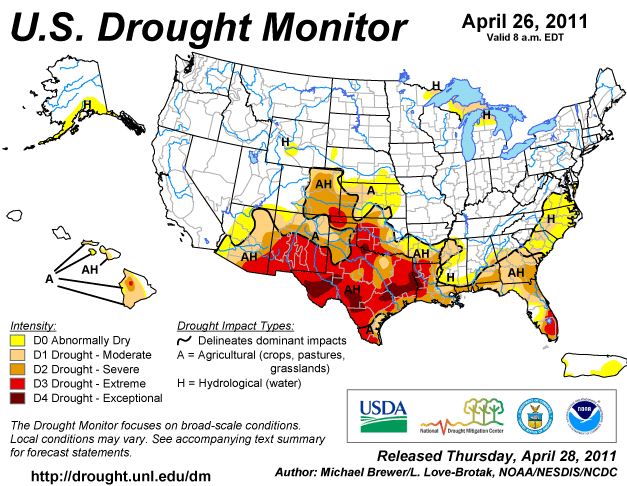During the early stages of a wildfire, natural disaster, or battle, the information about the incident may be sparse, incorrect, or frequently changing as various sources provide the information as the incident evolves. The providers of the data, reporters or government personnel, may be viewing it from different vantage points, making assumptions, or they may filter it based on their own agenda.
The raid on the Osama bin Laden compound on Sunday is no exception. Over the course of the first two days, a broad range of highly variable information was distributed. Here is a sampling of what was reported by eight major media outlets. We gathered data for four categories: the number of helicopters involved, the number of U.S. soldiers involved, the height of the walls around bin Laden’s compound, and the description of the problem that led to the disabling of one of the helicopters.
| No. of helicopters | No. of U.S. soldiers | Height of walls | Disabled helicopter | |
| Washington Post | 2 and one backup | 18’ | mechanical failure | |
| Associated Press | 2 | 24 | came crashing down, rolled on side | |
| CNN | 4 | 24 | 7’, 18’ | |
| ABC | 4 | 25 | 15’, 17’ | |
| New York Times | 3, 4 | 79 | 12 to 18’ | stalled |
| MSNBC | 4 | 24 | 12 to 18’ | *density altitude, inadequate lift |
| Fox | 2 | 40, 24 | first “malfunctioned”, later *density altitude, inadequate lift | |
| NPR | 24+ | 20’ |
*On May 3, MSNBC had an interesting and detailed explanation for the cause of the disabled or crashed helicopter. Basically, from their account, there was a density-altitude problem, but they did not use that term. The temperature was 17 degrees warmer than expected. The warmer, less dense air coupled with the high altitude and heavy load made it impossible for the helicopter to hover while the soldiers rappelled, and the aircraft made a hard landing. From other accounts, the helicopter may have hit its tail rotor on an object as it descended towards a hard landing, breaking it off. The soldiers later blew up the helicopter so that its sensitive electronic gear would not fall into the wrong hands. Fox news had a similar account.
Here is the report from MSNBC:
In Sunday’s mission, two Black Hawk helicopters were supposed to hover over the bin Laden compound and allow Navy special operations forces to rappel to the ground.
When one of the helicopters ran into problems — including temperatures that were 17 degrees higher than expected — and had to land abruptly, two Boeing Chinook helicopters were called in to help get the U.S. troops out, said one U.S. government official, speaking on condition of anonymity.
One Chinook would have sufficed, but a second one was sent in case that helicopter also ran into trouble, said Pike.
One retired military helicopter pilot said the Black Hawk likely ran into an issue called “settling with power,” when high temperatures, a heavy load and high altitudes force an unplanned landing. “Those conditions just suck the RPM out of the rotor,” he said.
Of course, all of these “facts” may be proven wrong in the weeks, months, and years to come.








